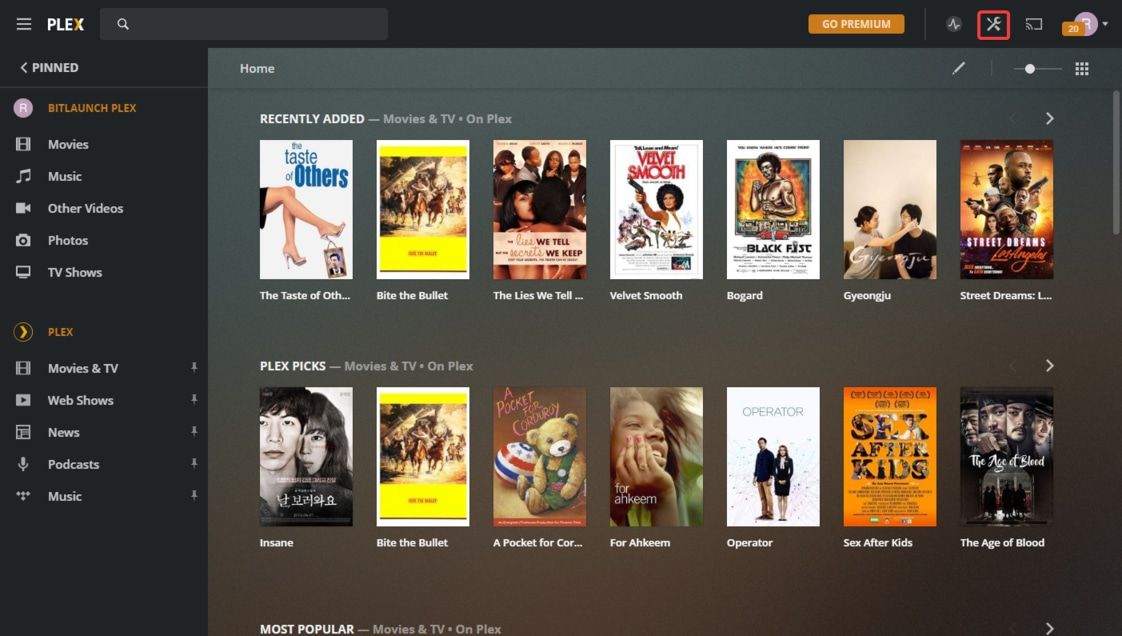
Oracle Application Server appends the hostname and domain name to the given instance name to form a complete instance name.

You cannot change this name after installation. This name can be different from the Oracle home name. For example, you can name an instance "infra" or "J2EE". The installer prompts you to provide a name for the Oracle Application Server instance you are installing. When you install the infrastructure or middle tier, what you get is an Oracle Application Server instance. See Section G.3.10, "User Interface Does Not Display in the Desired Language, or Does Not Display Properly".ĥ.9 Oracle Application Server Instances and Instance Names You can install fonts after installation. This usually applies to the Chinese, Japanese, and Korean languages. However, if you do not have the appropriate fonts to render the text, the text appears as square boxes. When you access the application, it uses text in your language because the language was installed. In this case, however, fonts are installed only for the languages that are explicitly selected. In this case, if you access the application in a language that is not available, it will fall back on the server locale language.įor other components, available languages are installed regardless of what you select during installation. It also installs fonts required to display the languages.įor some components, languages are installed only if you select them during installation. When you select additional languages to install, the installer installs text in the selected languages. If you need additional languages, click the Product Languages button in the "Select a Product to Install" screen. See Section 4.8, "Operating System User".īy default, the installer installs Oracle Application Server with text in English and in the operating system language. Oracle recommends creating an operating system user to perform all tasks related to installation of Oracle products. The best way of ensuring this is to run the installer as the same operating system user who installed the existing Oracle products. Ensure that you have write permissions on that directory. If you have installed an Oracle product previously on the computer, the installer uses the existing inventory directory. Instead, you can put the inventory directory in the /opt/oracle directory (for example, /opt/oracle/oraInventory). To ensure other users in the oinstall group have access to the inventory directory (so that they can install Oracle products), do not use the oracle user's home directory as the inventory directory because home directories might not have the proper permissions set up for the oinstall group. The inventory directory is separate from the Oracle home directory for Oracle Application Server. This inventory directory is used by the installer to keep track of all Oracle products installed on the computer. If Oracle Application Server is the first Oracle product to be installed on a computer, the installer displays a screen where you specify an "inventory" directory (also called the "oraInventory" directory). Section 5.19, "Starting theOracle Universal Installer"ĥ.7 First-Time Installation of Any Oracle Product Section 5.18, "Setting the Mount Point for the CD-ROMor DVD-ROM" Section 5.17, "Connecting to Oracle Internet Directory Through SSL Connections" Section 5.16, "Can I Modify Other Oracle Application Server Instances During Installation?" Section 5.15, "Running root.sh During Installation" Section 5.14, "Why Do I Need to be Able to Log In as Root at Certain Times During Installation?" Section 5.13, "Where Does the Installer Write Files?" Section 5.12, "Installing Oracle9 i Application Server Release 2 (9.0.2) on the Same Computer"

Section 5.11, "Comparing Installing Components against Configuring Components" Section 5.10, "The ias_admin User and Restrictions on its Password" Section 5.9, "Oracle Application Server Instances and Instance Names" Section 5.8, "Installing Additional Languages"

Section 5.7, "First-Time Installation of Any Oracle Product" Section 5.4, "Where Do I Install Oracle Application Server?" Section 5.1, "Obtaining Software from Oracle E-Delivery" 5 Things You Should Know Before Starting the Installation


 0 kommentar(er)
0 kommentar(er)
